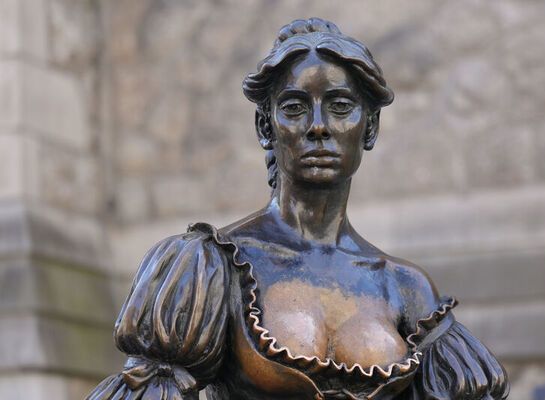By Ray O'Hanlon
There's no statute of limitations on murder so a possible time limit on excavations at Duffy's Cut, in the suburb of Malvern outside Philadelphia, will be going into extra time.
Local residents in the area surrounding the site have been expecting an end to the dig, but the recent discovery of the remains of two men, Irish rail workers from the 1830s, and evidence that the two were murdered, will mean a lot more digging, sifting and examination of what the roughly one acre site - already a historical treasure trove - has yet to reveal.
"We had the coroner on the site," Dr. William Watson of nearby Immaculta University told the Echo.
"Duffy's cut is now a crime scene," he said.
Nevertheless, Watson is of the view that most of the men who died at Duffy's Cut succumbed to cholera
"But the first burials all represent murdered men who tried to escape the valley when cholera broke out, and then were forced back.
"Their attempt to flee, and their subsequent return, is reported in the railroad file. What followed was a quarantine," Watson said.
"These first men were brought back in sealed coffins so that the men still living would not see the extreme violence done to them, presumably by the East Whiteland Horse Company. The leaders of the Horse Company owned the land at mile 59 of the Philadephia and Columbia Railroad.
"We know this because property owners adjacent to the tracks had to sign documents with the state saying that they would put up fences along that mile of track. The members of the Horse Company would have disliked the presence of the Irish workers as much as they feared the spread of cholera."
Watson said that he and his team believe that the bulk of the remaining men contracted cholera in the enforced quarantine and that four members of the Sisters of Charity were called upon to care for the men.
"The sisters were in the valley trying to treat the men for a few days and they left probably prior to the time of the last deaths," he said.
Railroad records indicate that when the suspected cholera outbreak was full blown, the men were dying at a rate of several per day. After all were buried in what railroad records describe as a "fill," a shanty the workers had been using was burned to the ground.
"Most of the artifacts retrieved from the site were excavated in a thirty by thirty burned field corresponding to the size of the shanty, about 40 feet south of the fill in which the men were buried," said Watson.
Duffy's Cut, which adjoins a present day SEPTA commuter rail line, is the last resting place of an estimated 57 Irish railroad workers who died there in 1832.
The most recently unearthed bodies - which show signs of blunt force trauma and in one case a gunshot wound - were found about 30 feet from where the remains of an Irish railroad worker, identified as John Ruddy, was discovered last year.
Watson believes that that the discoveries all point to an historical cover-up.
"This was a case of murder and a cover-up, and it is just as ugly as we had theorized. What we have found is the echo of something horrible in the valley 178 years ago. These men are crying out for justice," he said in an earlier interview.









